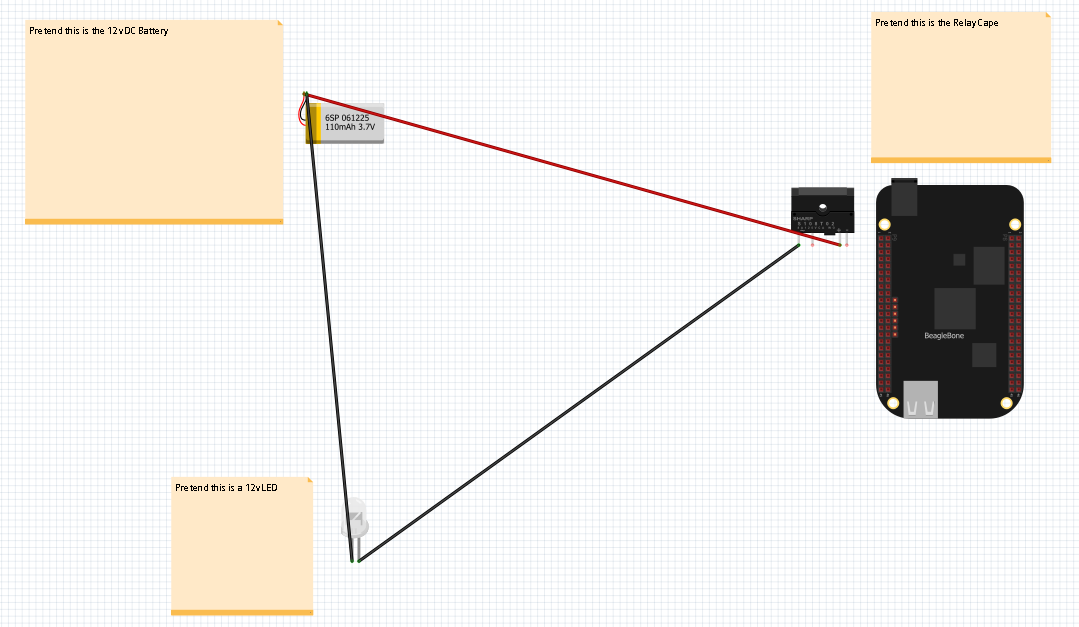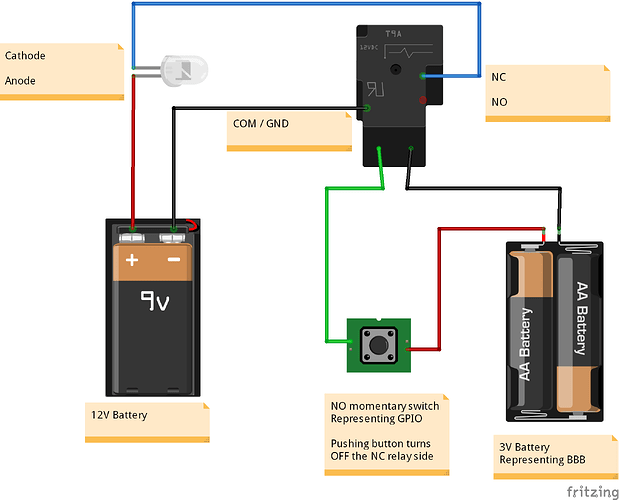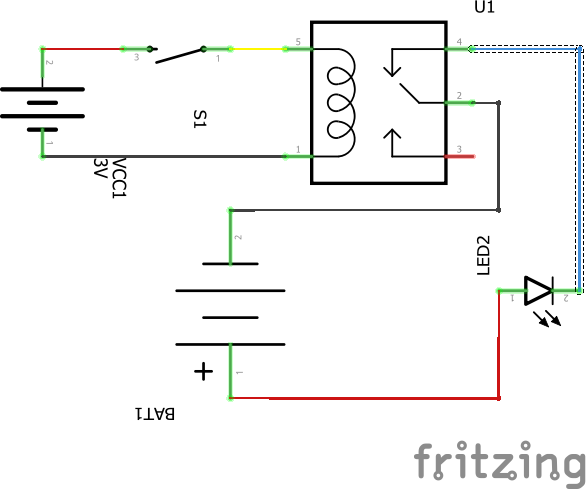What type of meter, and what mode was it in?
The simplest test with a DVM (or, if anyone still has such, a VOM) is
to set it in RESISTANCE mode, or CONTINUITY check mode (Continuity mode
typically has a beeper -- if a circuit is open, no sound, if a circuit is
closed, beeeeeeeeeeeeeep).
Lock the black lead in the COM socket (it really doesn't matter which
lead you put in COM, since all the voltage used comes from the meter
itself, but better to be safe should you want to test voltage later
[especially as an old VOM doesn't handle reversed voltage]).
Touch the red lead to the NC socket. You should show near 0 ohms, and
if you have a beeper, it should sound.
Touch the red lead to the NO socket. It should show whatever the meter
uses for "infinity", and no beeper should sound.
Now, with the red lead in EITHER NC or NO, run some program to trigger
the relay... The meter should switch to the opposite reading (if you were
in NC, it should go from 0.00/beeping to infinity/silent).
Note that the relay does not provide its own voltage/current -- so if
you were trying to measure voltage by connecting the probes to COM and
either NC or NO, you will only see 0.00V. In order to see a voltage, you
MUST have a battery in the circuit.
B- to COM
meter "black" to NC (or NO)
meter "red" to B+
If using the NC, the meter should read the battery voltage, while NO
reads 0.0V. Running a program to toggle the relay should result in NC
showing 0.0V and NO showing battery voltage.


